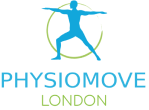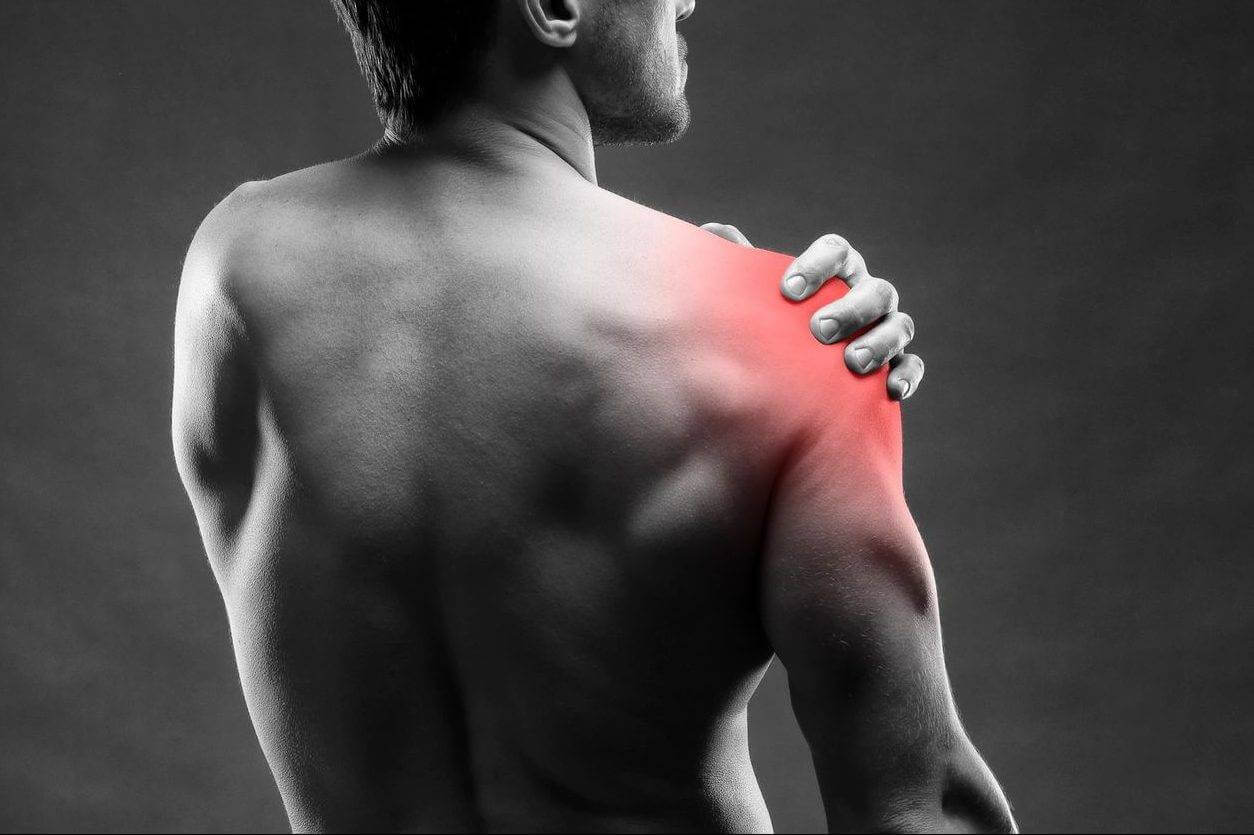The shoulder is the most commonly injured joint in the body and when you look at its anatomy, it’s no wonder.
It is made up of a number of muscles and tendons that hold the shoulder bones in place and stabilise the arm during movement. The five main muscles and tendons in the shoulder form the rotator cuff, which allows for a larger range of motion than any other joint in the entire body, with the ability to move in any direction.
However, because it has to be shallow to allow for this movement, it is extremely unstable. This means that it is more susceptible to injury than any other.
Athletes in particular are prone to shoulder pain and injury, often due to repetitive movements in the same area, and can often be activity specific such as ‘thrower’s shoulder’ or ‘swimmer’s shoulder’. Shoulder impingement is a very common cause of shoulder pain, where a tendon inside the shoulder rubs or catches on nearby tissue and bone as the arm is lifted.
Other injuries we see in the shoulder commonly in athletes include dislocation, cartilage tears, rotator cuff tears, sprains and tendonitis. However, these kinds of problems can be experienced by anyone, not just athletes.
Without treatment, shoulder pain can significantly affect a person’s lifestyle and can lead to secondary problems such as neck and back pain, migraines and even frozen shoulder, which causes severe pain and stiffness and can make it extremely hard to even move the arm or shoulder at all.
However, shoulder injuries are highly treatable if addressed early, which is why it’s vital to seek medical help soon after experiencing an injury and/or pain. Depending on the nature of the problem, physiotherapy is usually recommended, along with a course of pain relief. In extreme cases, surgery may be required, but this is usually a last resort.
Because every patient is different, there is not a one size fits all approach to alleviating shoulder pain. But our physiotherapists here at Physiomove are specially trained to create a bespoke treatment plan with exercises suited specifically to each individual to ensure that their problem is dealt with in the most effective way possible.
We will talk patients through their programme of exercises step by step to ensure they are fully equipped with the knowledge to continue their recovery in between appointments in the best possible way at home. We may also carry out acupuncture alongside other specific techniques during the sessions, which can help to reduce pain and inflammation.
But the overall aim of treatment, regardless of the problem, is to reduce pain whilst also enabling patients to regain full movement of the shoulder joint and rebuilding the muscle strength in that area. This will allow our patients to get back to their everyday activities as soon as possible and live a pain-free life.
If you are experiencing shoulder pain and would like advice from one of our physiotherapists, please visit our Contact Us page to get in touch.


